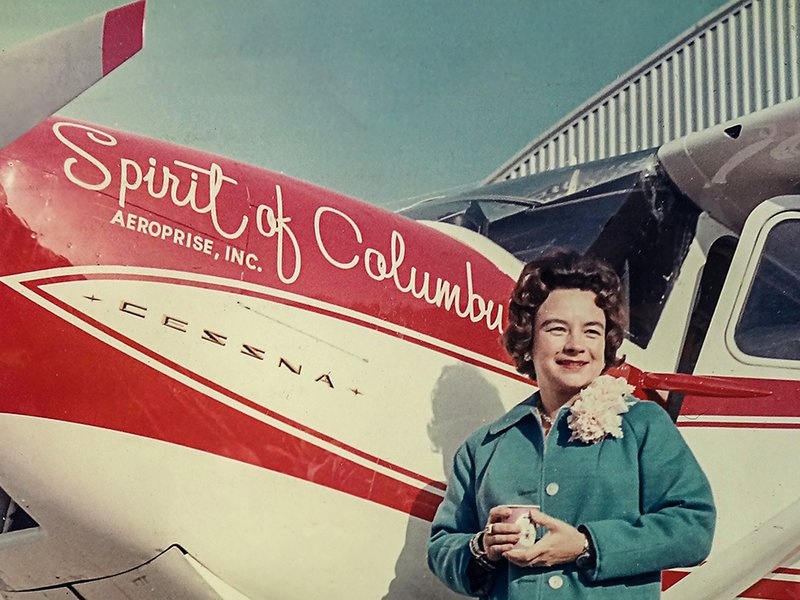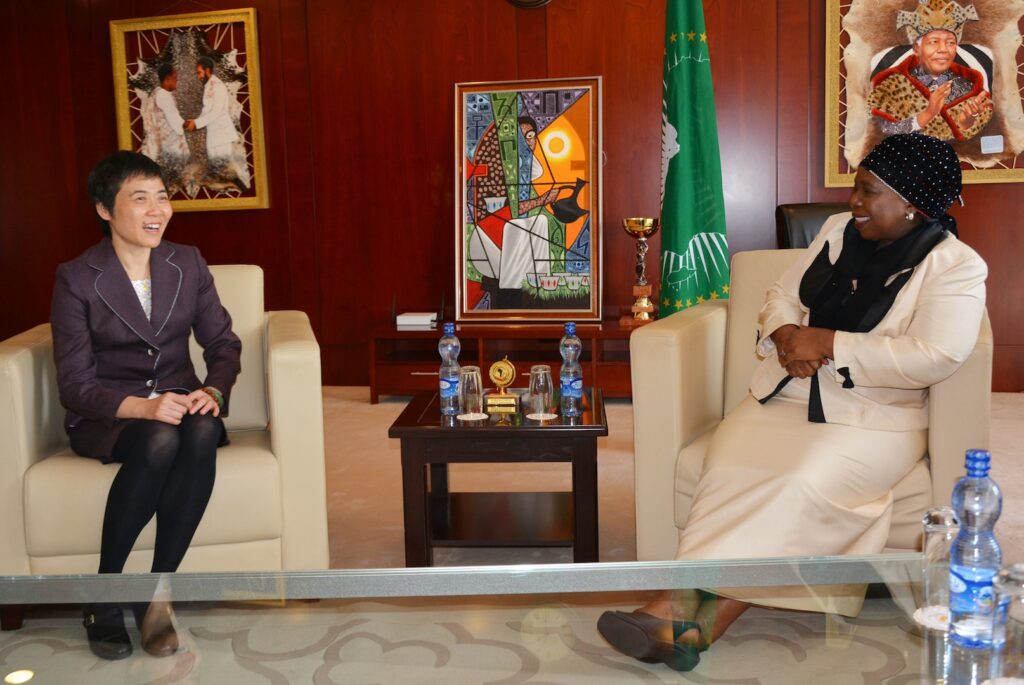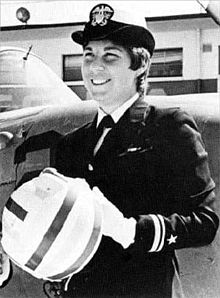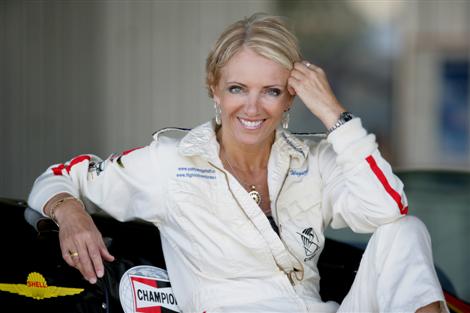Jerrie Mock had never flown over water and had just recently acquired her instrument rating in 1964 when she planned to accomplish what aviation icon Amelia Earhart had not: a solo flight around the world. Even more impressive is the fact that she set out to complete the previously impossible task in a single-engine Cessna 180, which she called the “Spirit of Columbus” and nicknamed “Charlie.”
Mock intended to take the exact same flight path as Amelia Earhart, departing from Columbus, Ohio on March 19, 1964. Coincidentally, a woman named Joan Merriam Smith planned the exact same flight, unbeknownst to Mock. In fact, neither woman had even heard of the other until the announcement of Mock’s flight went public. Smith planned to leave earlier and in a faster plane, causing Mock to move her takeoff date up two weeks.
Mock’s flight departed from Columbus and continued eastbound toward her first stop in Bermuda. Her next leg was to Santa Maria, Azores, a 13-hour, 2,254-mile flight from Bermuda, where she made her first instrument approach without an instructor. From Santa Maria, Mock headed to Morocco, then to Algeria, Libya, the Philippines and Saudi Arabia, among other stops, avoiding countries that had uneasy relationships with the U.S.

Throughout the first few stops, “Charlie’s” brakes were acting up. Mock first realized the braking issue in Bermuda, where they “proved inadequate during the long taxi — a vicious wind pushed the plane in a circle and line boys had to grab and safely guide it out of the wind,” according to the Smithsonian National Air and Space Museum. Of course, true to husbandly nature, her husband confessed over the phone that he had forgotten to tell Jerrie that new brakes had not been installed as planned. Whoops…
She was further plagued by mechanical problems on the other side of the world. Conveniently enough, Cessna happened to have a maintenance shop in Manila, Philippines, not far from where Mock was having engine trouble above the South China Sea. Mock stopped in Manila, where Charlie got a makeover that included new brakes, an engine tune-up and a repaired antenna motor that had nearly caused an in-flight explosion over Egypt.
Although neither Joan Merriam Smith nor Jerrie Mock would admit that there was a race going on, it was obvious to most that there was a competition to see who could complete the trip first. Mock’s husband would update her occasionally on Smith’s progress, urging her to pick up the pace down the final stretch, despite the fact that she had a significant lead on Smith.
Once back in U.S. airspace, Mock extended her trip a bit by flying through Texas and Kentucky in order to make sure she passed the mile mark to qualify for a round-the-world trip. At this point, Smith was way behind her and it was clear that Mock would become the first female pilot to fly solo around the globe.
President Lyndon B. Johnson awarded Mock the FAA’s Exception Service Decoration, and she became the first woman to receive the FAI’s Louis Bleriot Silver Medal. The Spirit of Columbus, AKA Charlie, was displayed at the Cessna factory, then the National Air and Space Museum, where it remains displayed at the Museum’s Udvar-Hazy Center.
As the mother of three children and standing at barely five feet tall and 100 pounds soaking wet, Jerrie was criticized in the Middle East for wearing skirts and high heels. According to the Smithsonian, Mrs. Mock felt that the public attention required “more feminine attire.”
So, not only did Jerrie Mock complete the round-the-world flight, but she did it in style… Bravo, Charlie…from Charlie Bravo!
Mock wrote a book about her journey, titled Three-Eight Charlie, available here.




